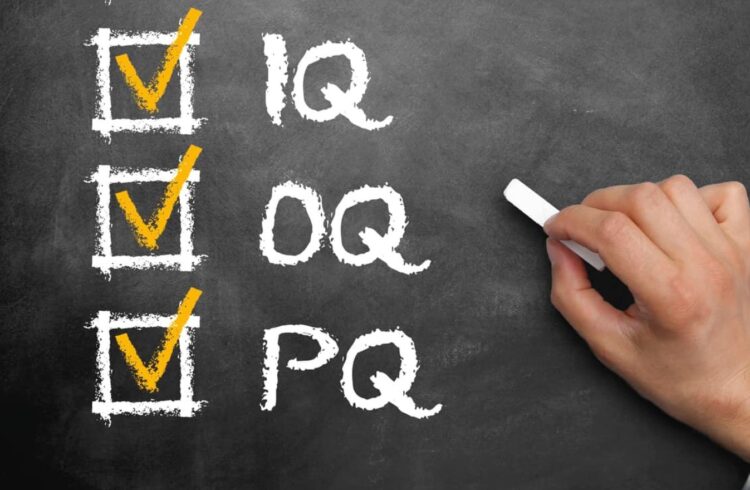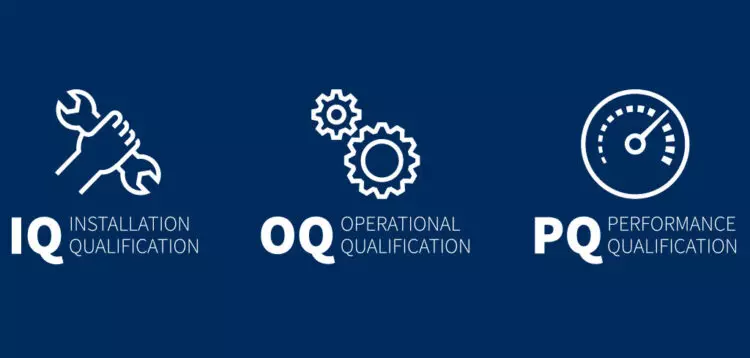When we think of quality assurance in the pharmaceutical industry, we tend to think of whether or not the drugs are safe. Drug safety is a function of thorough testing, as well as continued monitoring for unforeseen aftereffects.
Of equal importance, however, are the quality standards applied to the equipment that pharmaceutical companies use to produce their products. Equipment that plays a crucial role in the production of pharmaceuticals includes:

- Agitators to mix liquids, transfer heat, and promote chemical reactions.
- Blister packers to pack tablets, syringes, and other small materials.
- Blowers to evaporate and recover solvents.
- Boilers to create steam.
- Bottlers and fillers to fill containers with tablets, soft gels, etc.
- Cappers to install caps on bottled products.
- Capsulators to fill, seal, and polish capsules.
- Capsule printers to print dosage and branding on capsules.
- Cartoners to fill small medical boxes with blister packs and literature before closing the carton.
- Centrifuges to separate liquids from solids or liquids of different densities.
- Chillers to lower temperatures.
- Coaters to film tablets with sugar.
- Cooling towers to condense steam or cool liquid.
- Counters to count capsules, soft gels, and other small products.
- Dryers and granulators to dry liquid and prepare powders or granules.
- Heat exchangers to transfer heat between media.
- High-pressure homogenizers to reduce particle size and promote cell lysis.
- Induction fillers to apply a foil seal to a bottle.
- Inspection machines to facilitate visual inspection of products.
- Labelers to label bottles and packages.
- Metal detectors to detect metal contaminants.
- Mixers to blend ingredients and reduce particle size.
- Ovens to heat or dry materials.
- Pulverizers or cone mills to reduce particle size for granulation.
- Sifters to sieve granules and particles.
- Spray coating machines to coat powers with liquid.
- Tablet press to produce tablets.
- Tablet deduster to produce dust-free tablets.
- Tanks to hold liquids.
- Tube fillers to fill tubes with liquids, ointments, and gels.

This equipment sits at different points of the supply chain, from complex, futuristic laboratories to Amazon-esque packing facilities. They have one thing in common, though — a failure of any one of these pieces of equipment at any point in the chain can result in a hazardous product failure — mislabeled products, improper dosage, improper formulation, unsealed or unsanitary products, and more.
The message is clear — pharmaceutical companies need to pay the same kind of attention to quality assurance in the installation and use of equipment as they do in the formulation and distribution of their life-saving products — drugs, vaccines, and therapeutic products.
The gold standard of equipment quality assurance is abbreviated IQ OQ PQ. This process applies quality assurance standards to critical equipment at three stages of the installation process.
In a heavily regulated industry like pharma, proper IQ OQ PQ is a key hurdle a pharma company must clear to achieve regulatory compliance. According to this IQ OQ PQ guide from Dickson, the IQ OQ PQ process is foundational for quality assurance in regulated industries.
The components of IQ OQ PQ are as follows:

IQ — Installation Qualification
Installation Qualification (IQ) is the first stop on the IQ OQ PQ process. It is the process of verifying and documenting that the equipment in question was delivered, installed, and configured properly, within the parameters established by the manufacturer.
IQ parameters encompass the location of the equipment within the facility, the availability of power or other energy supply sources to run the equipment, and the environmental conditions in which the equipment will be operated. Data loggers may need to be employed to track the temperature, humidity, pressure, and voltage that the equipment will be subjected to.
Other steps in IQ include checking the contents of the packaging against the packing list, documenting computer-controlled instrumentation, verifying the proper installation of software, verifying peripheral connections, and documenting calibration and validation dates.

OQ — Operational Qualification
Operational Qualification (OQ) comes after IQ and refers to the verification that the equipment functions within expected, factory-defined parameters while operating under non-production conditions. Each component of the equipment must be tested, validated, and documented as part of the OQ process.
OQ may encompass post-installation parameters such as leveling, fluctuation, repeatability, calibration, deviation reports, keyboard controls, and performance reports.
Unlike IQ, OQ is not necessarily a one-time proposition. OQ may need to be repeated every time the equipment undergoes maintenance, modification, or routine requalification.

PQ — Production Qualification
The final step of the IQ OQ PQ is production qualification (PQ), which assesses the performance of the equipment under actual operational conditions.
This doesn’t mean PQ gets performed once the equipment actually gets put into production. It must be performed before the equipment gets put into production, but under production conditions. The entire IQ OQ PQ process must be completed before the equipment is put into actual production in order to comply with regulations.
To complete PQ, a detailed testing plan must be followed that can produce repeatable results under production conditions. It must perform as expected, based on specifications set by the manufacturer.
PQ will typically involve protocols and validation to include variability limits, nonconformance contingencies, calibration, and validation. The data to be recorded and analyzed must be compiled into a summary. Manufacturing conditions like operating parameters, component inputs, and equipment environment must be validated.
Like OQ, PQ is also not a one-time proposition. It must be performed during routine compliance qualification, as well as after upgrades or modifications.
Facing stiff compliance burdens from agencies like the FDA, pharmaceutical companies must take IQ OQ PQ best practices very seriously. An IQ OQ PQ plan must be created and executed for every piece of equipment in the production chain, as must plans for ongoing qualification to maintain compliance after the equipment is installed and in service.
If a pharma company has not reviewed its IQ OQ PQ plan in a while, it is worth revisiting to ensure a robust quality assurance ecosystem for the creation of life-saving drugs. The burden of public trust is high. But with the right attention to quality, it’s a burden that great pharma companies can shoulder with ease.




